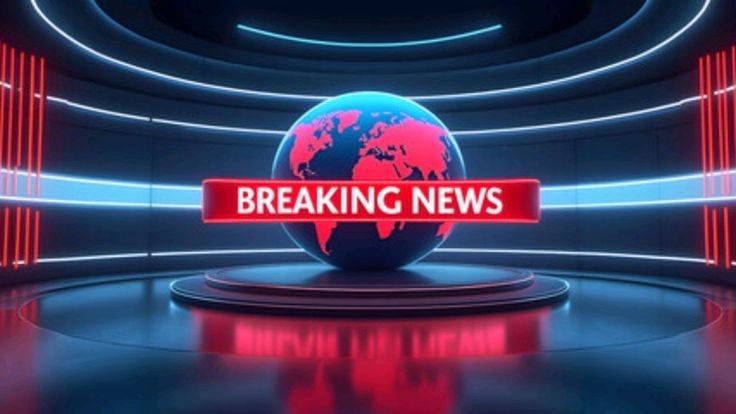
In a significant development for the Red Lake Nation, a $25 million federal grant has been awarded to enhance and modernize critical infrastructure within the reservation.
This substantial investment underscores the federal government’s commitment to supporting tribal communities and fostering economic growth through improved transportation networks.
The grant, announced in January 2025, is part of the U.S. Department of Transportation’s Rebuilding American Infrastructure
with Sustainability and Equity (RAISE) program. This initiative aims to fund projects that promote safety, accessibility,
and sustainability in transportation systems across the nation. For the Red Lake Band of Chippewa Indians, this funding
will facilitate comprehensive upgrades to key roadways, enhancing both safety and connectivity for residents and visitors alike.
Specifically, the allocated funds will be utilized to reconstruct approximately 1.2 miles of Minnesota State Highway 1, a vital artery that traverses the reservation.
Additionally, the project includes the rehabilitation of four miles of existing pavement on Walking Shield Road. An extension of Walking Shield Road by 5.6
miles to the east is also planned, effectively improving access to remote areas of the reservation. Furthermore, the construction
of approximately 11 miles of shared-use paths is slated to promote pedestrian and cyclist safety, encouraging alternative modes of transportation within the community.
The announcement of this grant has been met with enthusiasm from Minnesota’s congressional delegation. Senators Amy Klobuchar
and Tina Smith have lauded the initiative, emphasizing its potential to bolster economic development and improve quality of life for the Red Lake Nation.
They highlighted that such infrastructure investments are pivotal in addressing long-standing disparities and ensuring that tribal communities receive equitable access to modern amenities.
Community members have expressed optimism regarding the forthcoming improvements. Enhanced road conditions are anticipated to reduce travel times, improve safety, and facilitate better access to essential services such as healthcare and education. Moreover, the development of shared-use paths aligns with public health initiatives by promoting active lifestyles and providing safe avenues for walking and cycling.
This grant is not an isolated instance of federal support for the Red Lake Nation. In recent years, the tribe has secured funding for various projects aimed at improving living conditions and fostering sustainability. For example, a $600,000 grant was awarded to connect homes to clean electricity, including residences that previously lacked electrical connections. Such initiatives reflect a broader strategy to enhance infrastructure, promote environmental stewardship, and uplift the socio-economic status of tribal members.
The planned infrastructure enhancements are expected to have a ripple effect on the local economy. Improved transportation networks can attract businesses, boost tourism, and create job opportunities during and after the construction phases. Additionally, safer and more efficient roads can lead to cost savings for motorists and reduce the likelihood of accidents, thereby lessening the burden on healthcare facilities.
As the Red Lake Nation embarks on this transformative journey, the collaboration between tribal leadership, federal agencies, and the local community will be instrumental in ensuring the project’s success. This endeavor not only signifies a commitment to infrastructural development but also embodies the resilience and forward-looking spirit of the Red Lake people.
In conclusion, the $25 million federal grant marks a pivotal moment for the Red Lake Nation, setting the stage for substantial improvements in infrastructure that will benefit current and future generations. The anticipated upgrades are more than just construction projects; they represent a pathway to enhanced well-being, economic prosperity, and a stronger sense of community for the Red Lake Nation.





